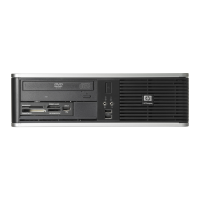
Do you have a question about the HP Compaq dc7800 Series and is the answer not in the manual?
| Processor | Intel Core 2 Duo, Intel Pentium Dual-Core, Intel Celeron |
|---|---|
| Chipset | Intel Q35 Express |
| Memory | Up to 8 GB DDR2 SDRAM |
| Audio | Integrated High Definition Audio |
| Form Factor | Ultra-slim desktop, Small form factor, Convertible minitower |
| Storage | 80GB to 500GB SATA HDD |
| Graphics | Integrated Intel Graphics Media Accelerator 3100 |
| Optical Drive | DVD-ROM, DVD+/-RW |
| Network | Integrated Gigabit Network Connection |
| Ports | USB 2.0, VGA, serial, parallel, audio in/out |
| Operating System | Windows Vista, Windows XP, FreeDOS |
| Expansion Slots | 1 low-profile PCI, 1 low-profile PCI Express x16 |
| Power Supply | 240W |
Provides technical information about HP Compaq dc7800 Business PCs.
Lists other sources for component information.
Explains the system model numbering convention.
Location and method to read the system's serial number.
Explains the guidelines for warnings, cautions, and notes.
Lists common acronyms and abbreviations used in the guide.
Lists the standard features included on all models.
Describes the system architecture based on the Intel Q35 Express chipset.
Details the Intel processor types supported by the systems.
Explains the Intel Q35 Express chipset and its components.
Describes the dual-channel DDR2 memory architecture and sockets.
Provides environmental and electrical specifications.
Introduces the processor/memory subsystem and supported memory types.
Details the Intel processor types supported by the systems.
Explains how to change or upgrade the processor.
Describes the DDR2 memory architecture, sockets, and parameters.
Provides suggested memory configurations for upgrading.
Describes the PCI bus in general and its implementation.
Describes subsystem availability and control via interrupts and DMA.
Details the RTC and configuration memory functions.
Covers functions related to security, power, temperature, and status.
Describes the SATA interfaces, transfer rates, and RAID support.
Describes the RS-232-C serial interface and UARTs.
Explains the parallel interface and its operational modes (SPP, EPP, ECP).
Details the interface for keyboard and pointing devices.
Covers the USB interface, speeds, and port mapping.
Covers the Intel 10/100/1000 Mbps Network Interface Controller (NIC).
Introduces the integrated graphics subsystem.
Describes the Intel Integrated Graphics Media Accelerator 3100.
Lists the standard display modes supported by the IGC.
Explains how to upgrade the graphics subsystem.
Covers analog and digital monitor connectors.
Explains power supply assemblies for different form factors.
Explains how power generation is controlled.
Covers power management functions and system power states.
Explains how to update the system BIOS firmware.
Covers functions related to the system boot process.
Lists visual and audible indications of boot failures.
Lists client management BIOS functions for manageability applications.
Covers Intel AMT functions for remote system management.
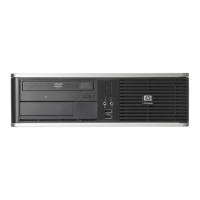
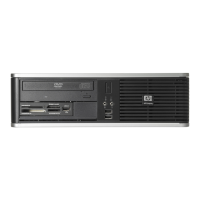
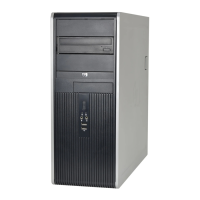
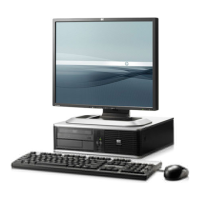
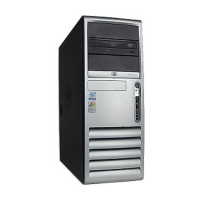
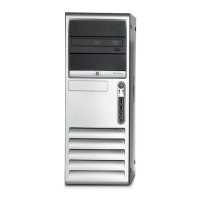
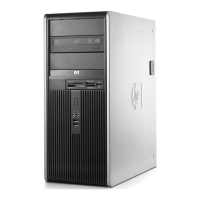
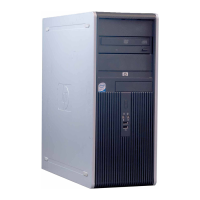

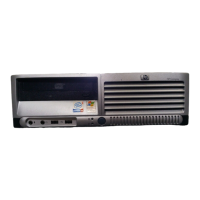
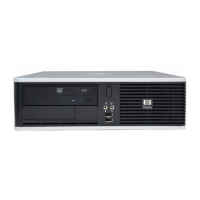
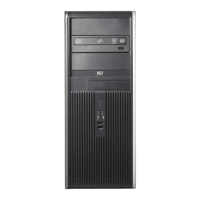
